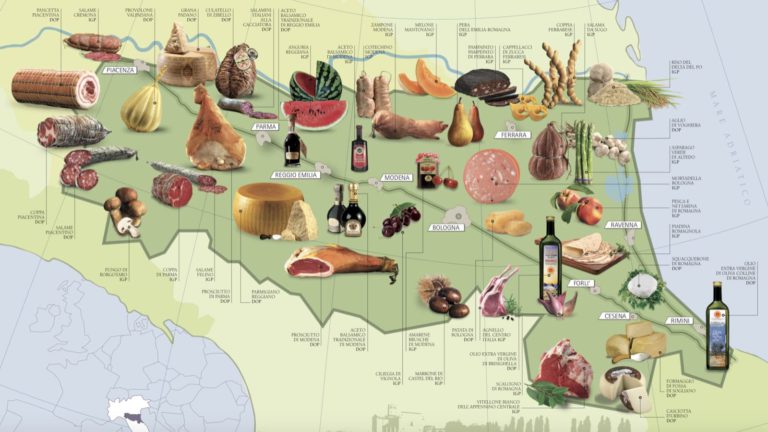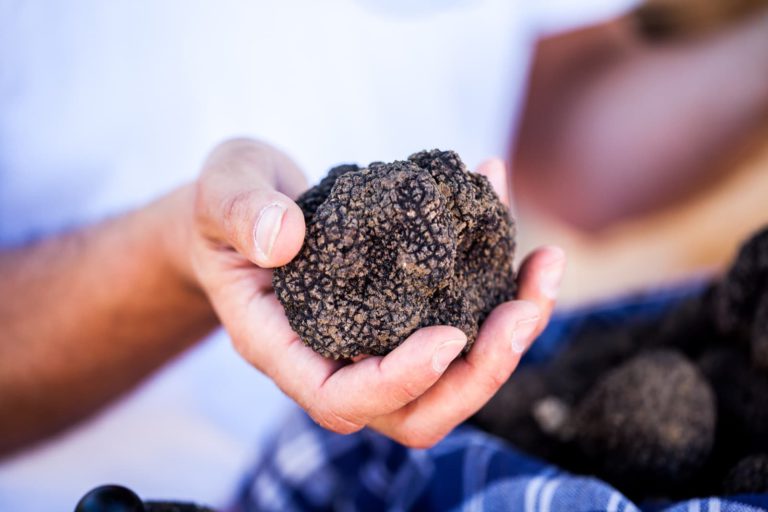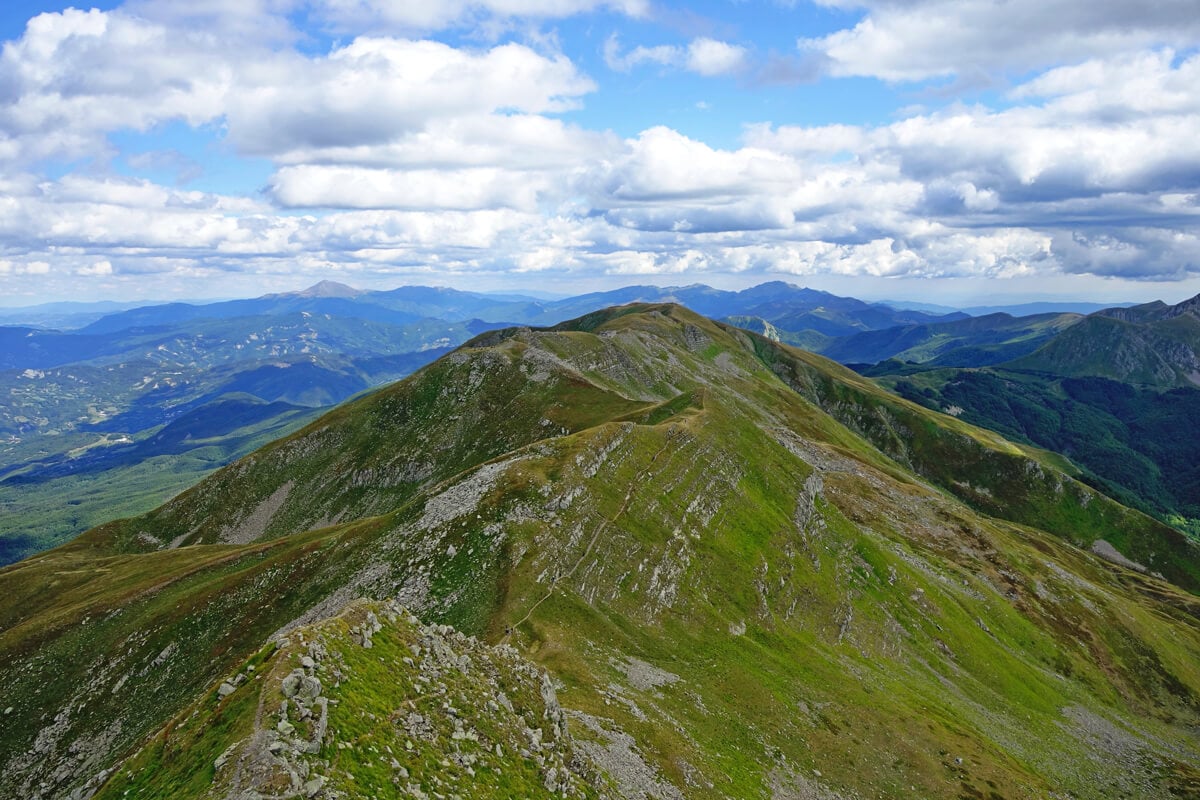In the green woods of the Apennine ridge of Emilia-Romagna, in the municipalities of Albareto, Borgo Val di Taro and Pontremoli, picking mushrooms is a tradition that has been handed down from generation to generation.
Designated in 1934 by the Province of Parma as a production area for “Borgotaro porcini mushrooms”, Borgo Val di Taro and the municipalities of the neighbouring valleys were already famous for their porcini mushrooms in the nineteenth century, when many emigrants brought this product across the Atlantic.
In this way, the small town of Borgo Val Taro increased its fame by becoming the centre of the trade in this precious mushroom, which also increased its fame by becoming the most prized mushroom on the market.
Borgotaro Porcini Mushrooms - Things you Must Know
The Borgotaro Porcini Mushroom is an extraordinary creature, born from the intimate relationship between man and his environment. For centuries, the inhabitants of these areas have tended the woods, helping them to be the home of the mushroom and obtaining all kinds of fruits.
For this reason, the Borgotaro PGI porcini mushroom is often described as a “spontaneous product with the help of man”; while it is true that man cannot influence atmospheric phenomena such as rain or wind, it is equally true that he can strive for careful and far-sighted forest management, thus ensuring greater forest health and mushroom production.
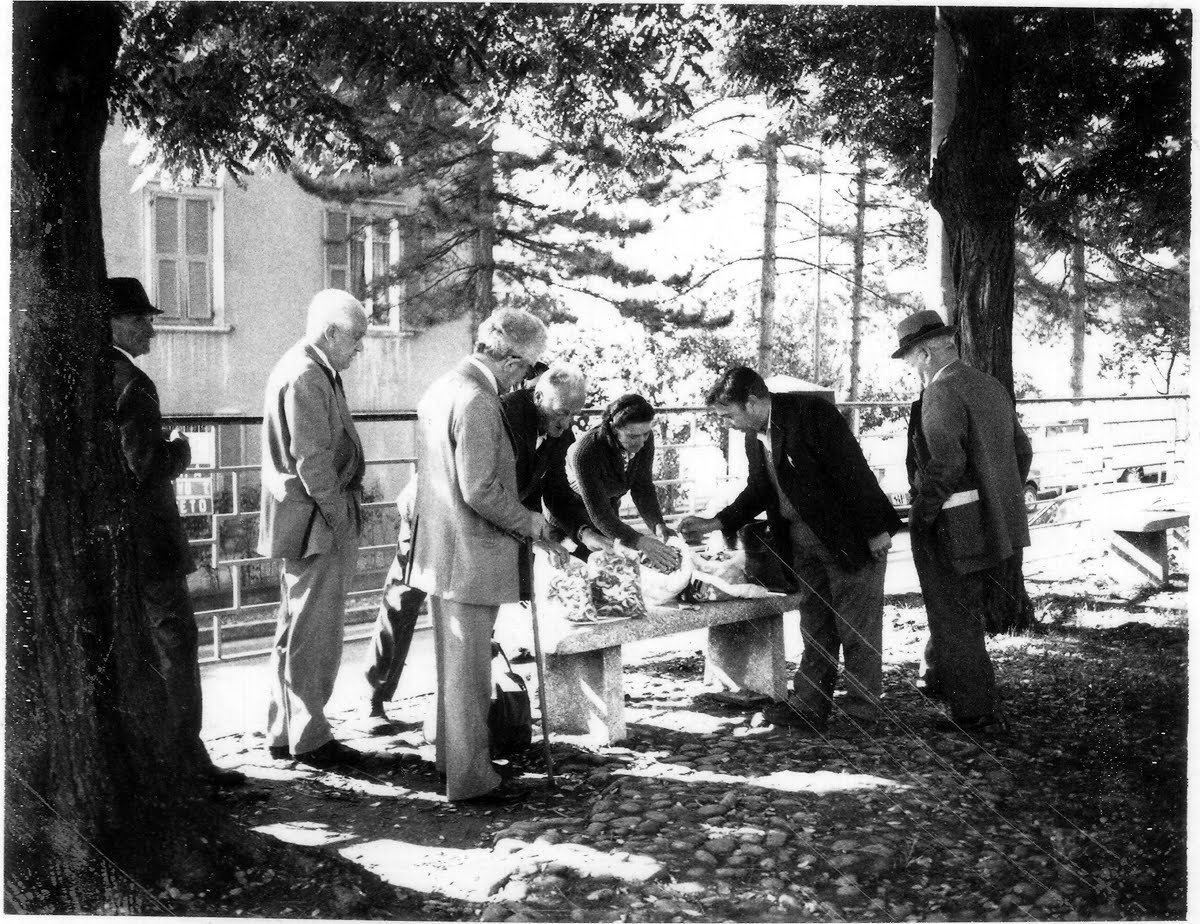
But let’s go back to history: the collection and marketing of the Borgotaro mushroom is first mentioned in the seventeenth century by Alberto Clemente Cassio, canon at the papal court, who tells how in autumn there was a great collection and sale of mushrooms which, salted, were taken to other countries and sold. Clemente Cassio also describes how the production and harvesting of the mushrooms took place in the beech, fir and, at lower altitudes, chestnut woods of a vast forest area that stretched from the borders of the Duchy of Parma to the Republic of Genoa.
In the first half of the 18th century, Lorenzo Molossi, in his Topographical Vocabulary of the Duchy of Parma, Piacenza and Guastalla, mentions the flourishing trade in pickled mushrooms under the heading “Albareto”, and in 1893 Tommaso Grilli describes the collection of mushrooms as a “local industry”.
In 1964, in order to regulate and protect the ruthless exploitation of such a precious resource, the Consorzio delle Comunalie Parmense created the first reserve for the sustainable collection of mushrooms: the Comunalia di Boschetto di Albareto; in a few years the other neighbouring municipalities created similar reserves to protect the mushroom and rationalise collection. Finally, in 1996 the Porcino di Borgotaro was recognised as a Protected Geographical Indication (PGI) and the Consorzio per la Tutela del Porcino (Consortium for the Protection of the Porcino) was set up.
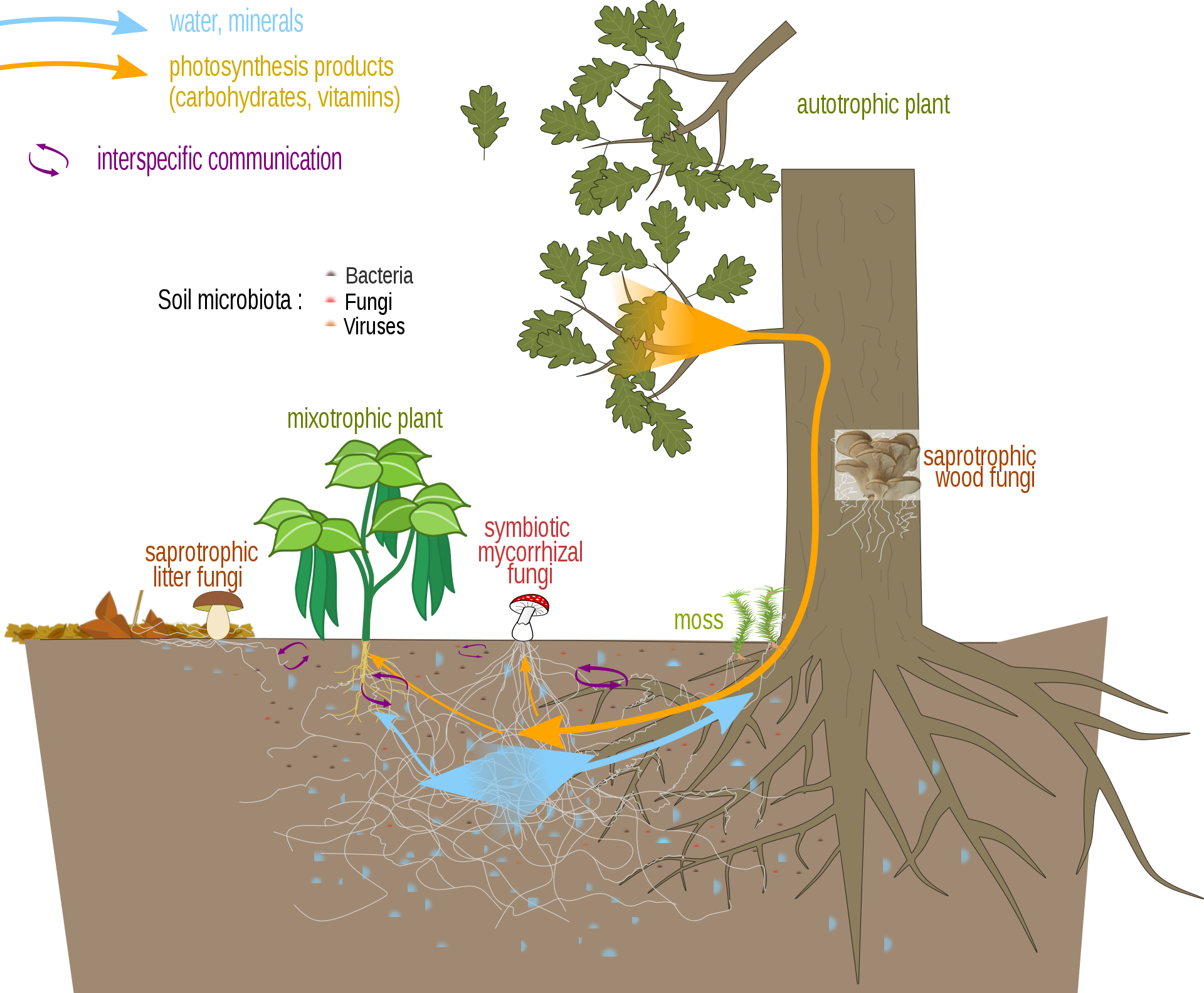
As for the specific characteristics of the Borgotaro porcini mushroom, it is the only one in Europe to have obtained the Protected Geographical Indication, thanks above all to its superior organoleptic, olfactory and aromatic qualities, which are considered superior to those of other mushrooms from different areas, both in Italy and abroad.
Mycologists, on the other hand, will be interested to know that, according to local tradition and trade, the Borgotaro mushroom is made up of four species: Boletus edulis, Boletus aeropusus, Boletus aestivalis and Boletus pinophilus.
Borgotaro Porcini Mushrooms - Where to find it in Emilia-Romagna
Borgotaro PGI porcini mushrooms are one of the precious jewels of the Tuscan-Emilian Apennines and are found in the natural area between the municipalities of Albareto, Borgo Val di Taro, in the province of Parma, and Pontremoli, in the province of Massa Carrara in Tuscany.
The forests in the PGI area are typical of the Apennines and the main form of forest management is coppicing. This type of management not only promotes biodiversity and the multifunctionality of the forest, but also creates a microclimate that is ideal for the production of porcini mushrooms.
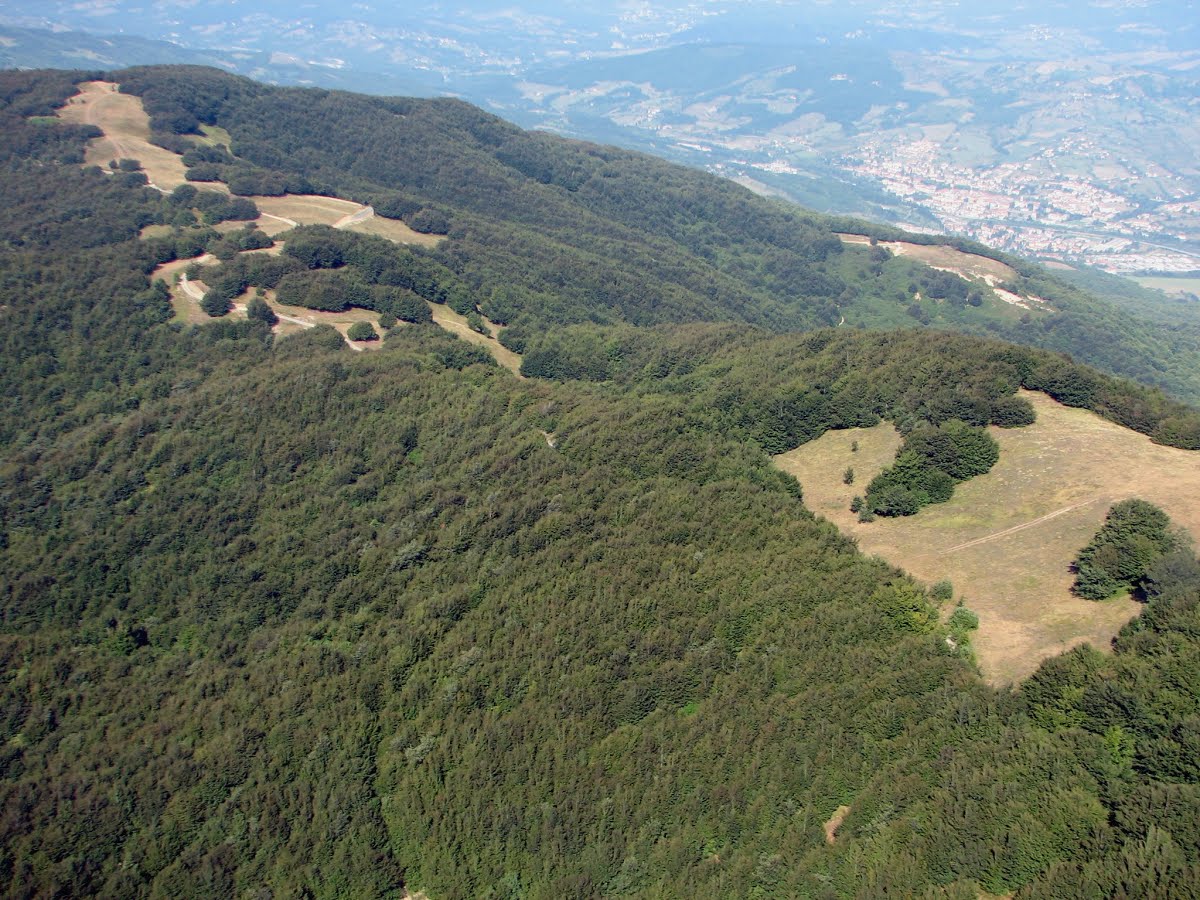
Finally, for those who are interested in harvest, it is important to know that the collection of the Porcino di Borgotaro mushroom usually takes place from June to October and is only possible for those who have made a regular request and are in possession of the official card.
Borgotaro Porcini Mushrooms - When and How to Eat Them
The two best opportunities to taste the porcino mushroom are the Porcino Mushroom Fair in Borgotaro and the Porcino Mushroom Fair in Albareto, two truly unmissable events that take place every year between the end of September and the beginning of October.
At these events, in addition to the classic recipes, different flavours and combinations of this precious shellfish are proposed, but if you want to know more about this product of the earth, we recommend a gastronomic tour of the production areas of the porcino mushroom.
At home, however, the Borgotaro boletus can be used in a wide variety of recipes, from starters to side dishes. If you’re looking for inspiration, the website of the Borgotaro Porcino Mushroom Festival offers a wide range of recipes, from the classic crostini to the traditional risotto with pigeon meat, from the tasty and popular pappardelle to the more refined combinations with fish (the recipes are all in Italian, but it doesn’t take much to translate them into your language).
Author

Walter Manni
Explorer and Adventurer: loves sailing the oceans, climbing the highest mountains and surfing on the waves of the web
You may also like
Discovering the origins: tastes and traditions of Emilia Romagna Region
by Walter Manni /// October 11, 2016
The Tuscan-Emilian Apennine National Park
by Elisa Mazzini /// March 19, 2018

Interested in our newsletter?
Every first of the month, an email (in Italian) with selected contents and upcoming events.
